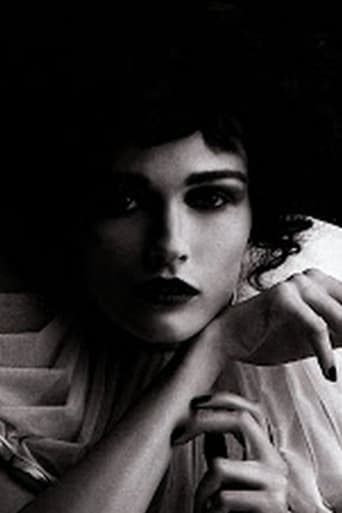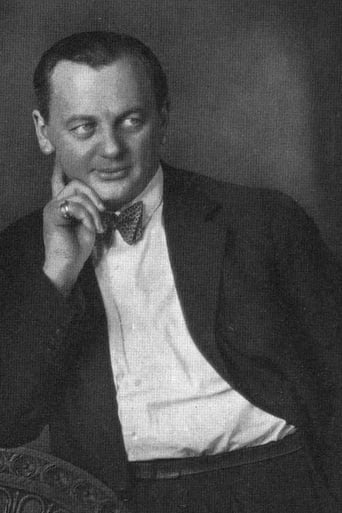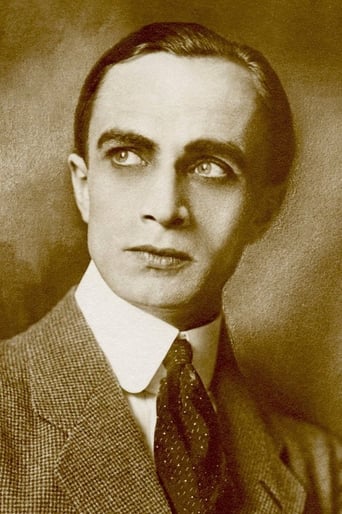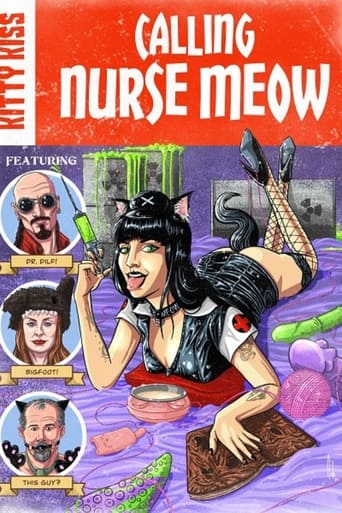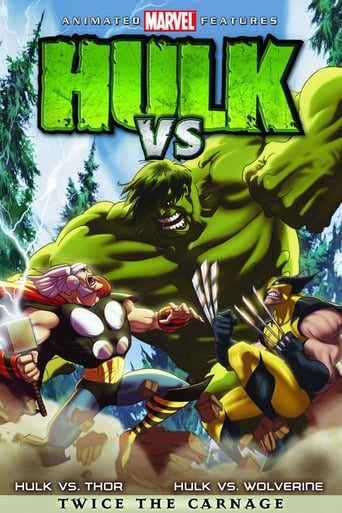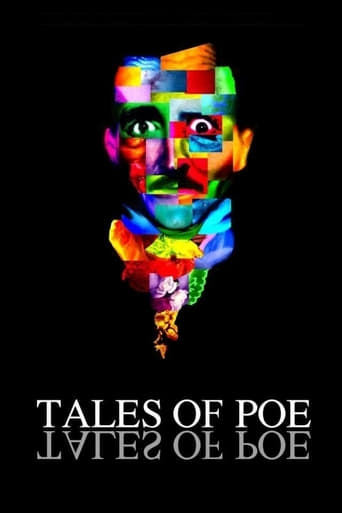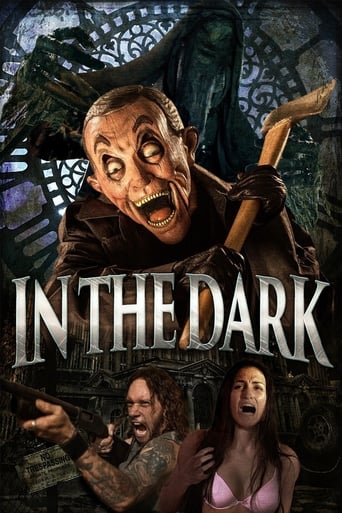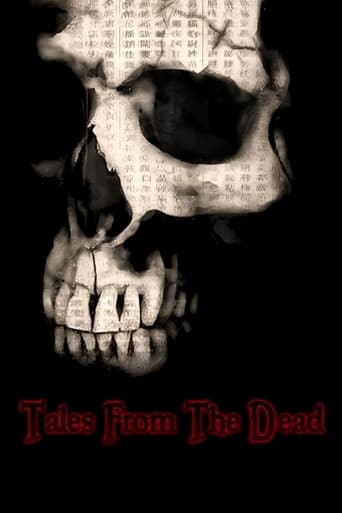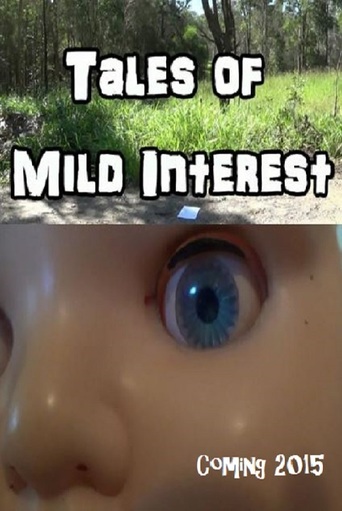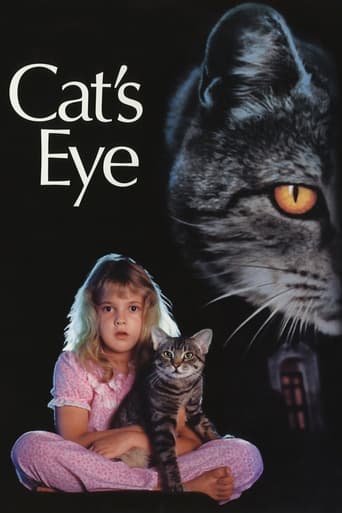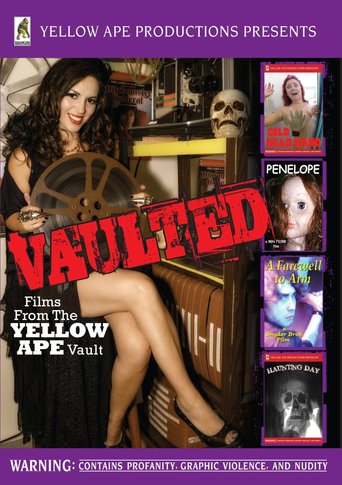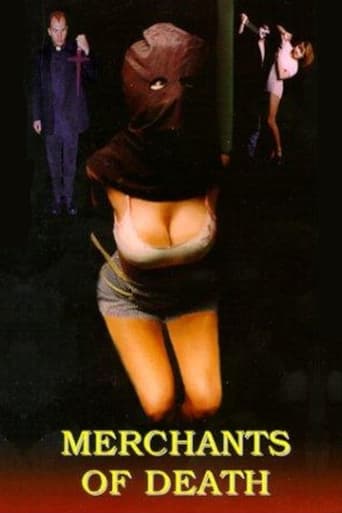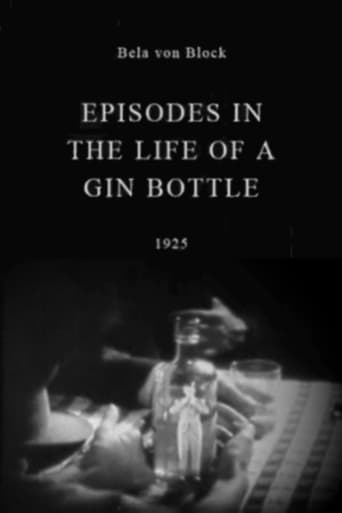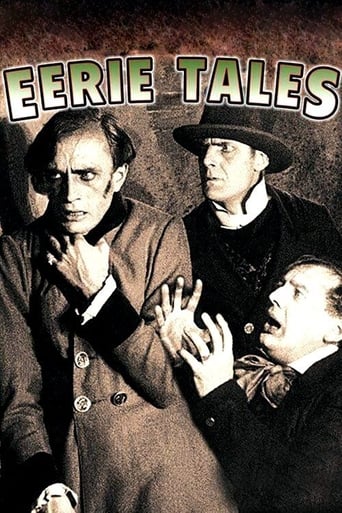
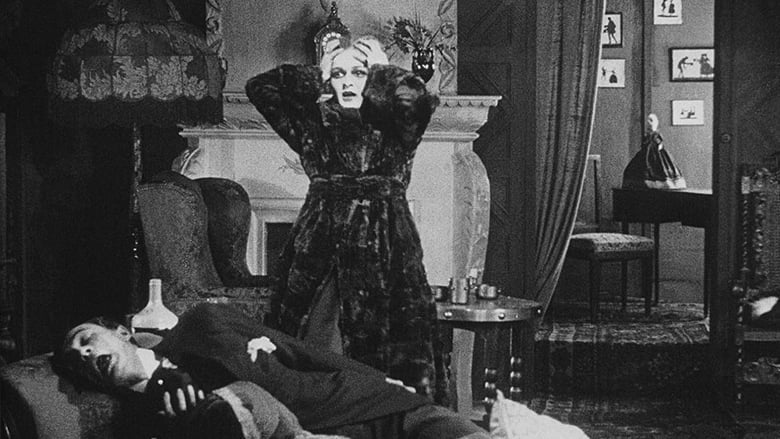
Eerie Tales (1919)
After the old-books shop closes, portraits of the Strumpet, Death, and the Devil come to life and amuse themselves by reading stories--about themselves.
Watch Trailer
Cast


Similar titles
Reviews
Excellent but underrated film
There is, somehow, an interesting story here, as well as some good acting. There are also some good scenes
This is one of the best movies I’ve seen in a very long time. You have to go and see this on the big screen.
This is a dark and sometimes deeply uncomfortable drama
By 1919 feature films were now long enough to accommodate more than just one story (as 'Intolerance' had amply demonstrated), and 'Unheimliche Geschichten' provides five; replete with spooky special effects and atmospherically lit interiors shot by Carl Hoffmann that make good use of depth of field. (The apprehensive-looking fellow who appears in the prologue with Reinhold Schunzel and Conrad Veidt is director Richard Oswald.) 'The Black Cat' and 'The Suicide Club' (episodes 3 and 4) will already be familiar to most viewers, while the first episode presumably draws upon the same urban legend that originated during the Paris Exposition of 1889 that was most famously filmed as 'So Long at the Fair' in 1950. I don't know how widely seen this film was during the 20's, but plenty of the imagery found its way into later, more famous movies (the ghostly clutching hand in 'The Beast with Five Fingers', the button that can kill the person sitting in a particular chair at the reading of SPECTRE's financial reports in 'Thunderball', for example).With his creepy demeanour, slicked-back hair and tights, moon-faced Reinhold Schunzel as Satan resembles The Riddler, while in the first episode he looks like Kurt Raab. It's always good to see Conrad Veidt; but the film is particularly valuable as a record of the naughty Weimar-era cabaret dancer Anita Berber, whose adoption of formal male attire in 'Dr Mabuse' was later made famous by her erstwhile girlfriend Marlene Dietrich, and who was the subject of a famous portrait by Otto Dix in 1925. She burned herself out young but here gets ample opportunity to display her worldly presence in several different roles, as well as her famous androgyny and dancing agility doing the splits in tights and a short smock that display her legs while simultaneously making her resemble a female Hamlet.
Unheimliche Geschichten is an anthology of five short "Uncanny Stories" read by Death, the Devil and the Harlot who step out of three life sized paintings in an old bookstore after closing. Though really none of these tales are very frightening, Conrad Veidt's menacing looks and dramatic performances in each, undoubtedly helped him secure the role of Caesar in The Cabinet of Doctor Caligari (1920). Oswald's use of the anthology format may also be the earliest in the history of the horror genre of cinema.
"Richard Oswald's "Eerie Tales" debuted with a length of 2318 metres, July 16, 1920, after a premiere on November 6, 1919. The original negative is considered lost. This restoration is from Cinematheque Francaise. The film currently has a length of 2230 metres."Paintings of Death, the devil, and a prostitute come to life in a bookstore, after hours, and read each other five tales of horror, to amuse themselves, in this early anthology film.Each of the three leads take on different roles in each of the five stories, giving each actor an opportunity to show a wide range, and the film has a good look to it, plus I've always had a certain affinity for anthology horrors, but the problem with this is that it's not scary. I was hoping for a bit more fright for my 31 Days of Halloween horror. Die Erscheinung, by Anselma Heine, and Poe's Die Schwarze Katze were the best of the segments, while the rest were overly dramatic.
Any devotee of vintage horror films will want to see Conrad Veidt in an anthology of fantastic tales, but will be disappointed if he expects another "Waxworks" or "Destiny." This looks as if it had been tossed together rather casually, as an actors' lark, and the actors, especially Veidt, mug exuberantly. The five tales, sketchily told, are "The Black Cat," "The Suicide Club," stories of hauntings real and fake, and the old anecdote about the man whose wife disappears from an inn where everyone swears she was never there. These are read by three figures who have stepped out of paintings in an antiquarian bookshop and driven off the (exceedingly odd) owner. The three appear in all the stories, usually with the two men as rivals for the woman. The tone of the framing story and one of the tales from the books is comic, and that of the others deliberately exaggerated. The prevailing weirdness tends to neutralize the scary moments, and so does the Wagnerian music with which the version distributed by LS Video has been unwisely scored. This version doesn't look bad compared to some old films on video (one can clearly make out the actors' faces), but the condition of the print makes it impossible to tell how the film looked originally. It's no classic, but an entertaining view of a young Veidt running the gamut of extreme emoting.


